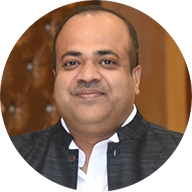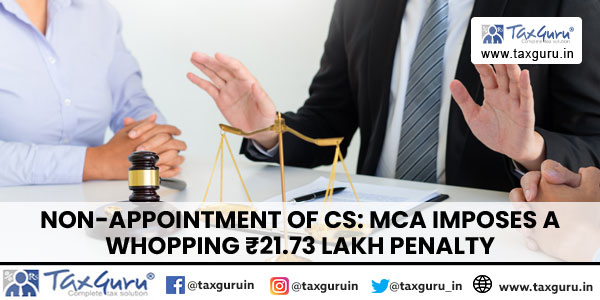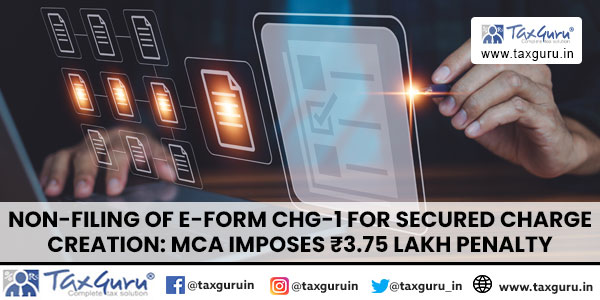The income tax return (ITR) forms issued by the Government for the financial year (FY) 2018-2019 require accurate reporting. For example, compared to previous years, where only aggregate amounts under allowances and perquisites had to be published, descriptions of various allowances as well as perquisites received during the FY are required to be disclosed separately for the FY 2018-2019.
Despite the comprehensive reporting criteria, pensioners must bear in mind the following points when filing their tax returns:

1. Pension received comes under salary income or income from other sources?
- A pension earned from the former employer by an employee is calculated as salary income and will, therefore, be recorded in the ITR under the heading Income from Salaries’. On the other hand, a pension earned by the deceased employee’s family member is taxable under the heading ‘Income from Other sources”.
Taxability for salary income:
- Received pension can be either uncommuted or commuted. Uncommuted pension applies to periodic payments that the individual receives, while commuted pension means a lump sum payment that the individual receives upfront instead of the periodic pension.
- Uncommuted pension is entirely taxable according to the terms of the Income Tax Act, 1961 (Act). On the other hand, there is a tax deduction that may be used as far as the commuted pension is concerned to the maximum of the limits specified and subject to certain conditions.
- LIC / any other approved fund can pay an employee a pension from the funds the employer has contributed. Commuted pension received from such fund is excluded, while uncommuted pension earned from such fund is taxable under the heading ‘Income from Salaries.
Taxability in the case of income from other sources:
When a family member of the deceased employee earns a monthly pension then it is considered as ‘Income from Other sources,’ 1/3 of that pension is tax-free subject to a limit of Rs 15,000 per annum and the rest, if any, is taxable as income from other sources.
- The employee can also contribute to the LIC / any other authorized fund separately from his / her own funds in order to earn a pension at a later level. A commuted pension earned from such fund shall be excluded from the requirements specified therein, whereas uncommuted pension from such fund shall be taxable under “Income from other sources.”
2. Which ITR is to be used in filing tax returns?
- ITR 1 shall be used for persons who qualify as ordinary residents of India and who have net taxable income of Rs 50 lakh or less, and who have income from salaries or one house or income from other sources and their income from agriculture activity shall not exceed Rs 5,000. Furthermore, a person who is a director in a company or who holds unlisted shares cannot use ITR1.
- If a person does not qualify to file ITR 1 as set out above and has no business income, then he/she should use ITR 2. Furthermore, if a pensioner has business income, then ITR 3 or ITR 4 must be used.
- Pension income reporting will rely on the ITR forms to be used for filing the tax return, which in effect would be calculated based on the existence and amount of the other type of income the employee receives. ITR 1 and ITR 2 are widely used by pensioners.
3. How can we declare pension income in the form of a tax return?
Individuals earning pension benefits:
- Where the person receives pension income from the fund to which the employer makes contributions, in the case of ITR 2, the employee shall record the name, address and tax deduction and collection account number (TAN) of the employer / LIC / any other fund (mandatory only if tax is deducted on pension).
- Family members who earn a pension: Family members who receive a pension will be expected to disclose the same under ‘Any other income’ in the schedule other sources in ITR 2.
- For ITR 1 the person must pick ‘Family pension’ from the drop-down under other sources
Points to be remembered
In the view of the above points, it is necessary to decide the head in which the pension is taxable, and the individual’s ITR form type. Apart from that, there are a few other points which pensioners should remember when filing their tax returns:
- If the employer has issued Form 16 for retirement benefits, then the employee will ensure that the retirement information provided and reported in the tax return match such Form 16.
- When there are any taxes deducted by the employer on the pension, the specifics of those taxes deducted would have to be given in the tax return form of the TDS schedule in order to gain a refund for those taxes deducted.
- With Form 26AS available on the income tax site, the pension income and taxes deducted thereon should be checked.
Facing issues related to Income Tax return filing?
Get your income tax returns filed the right way with HostBooks ITR filing software.




























I have received 1/3rd amount of my superannuation fund from LIC, deposited by my employer over the period of my employement as part of my CTC.
my question is ; As a income, under which head and of which schedule I have to show it in ITR filing ?
i was filing ITR for PROFESSIONAL FEE .under194J.as it was fee per month from ECHS and .not salary. Job is over .Now i am getting intt. from savings in PO and BANK,HOW TO file ITR NOW under which section? INTT. IS about 4 -5 lac per year.as some bonds are also added.-capital gain tax bonds.please clarify.thanks
I get pension and file ITR regularly. Last year i.e. in Nov, December 21, January, 2022 I got consultancy fee under 194 JB. The paying company deducted 10% as TDS from my fee. Now which ITR form I should fill.
TDS on Battle Disability Pension has been stayed by Hon’ble SC. It was exempt from IT till last AY. How do I reflect in my ITR? Do I have to pay IT on it?
i am having pension income from hdfc life pension plan. I am also having dividend income and profit on sale of securities and mutual funds.
for the filing my itr return – which itr form i have to fill.
if i have to file itr-2,
– under which head the pension income is to be show
– under which head the dividend income is to be shown.
– under which head the profit from sale of securities and mutualfunds is to be show.
kindly help me with your valuable guidance.
Being a pensioner where I will show in ITR II. Under schedule Salary there is no heading as Pension receivd.
in filling ITR2 and If I am central government pensioner how to fill name of employer, address and TAN of employer to be filled
I have retirement benefits as gratuity, epf and commutation of Rs54 lacs and salary and pension of 9 lacs. Can I use itr1 ?
If taxable income received from my pension plan on 2 April 20, then whether it will be shown in 2019-20 financial year Or 2020-21
I am in need of I T matters. I am a pensioner